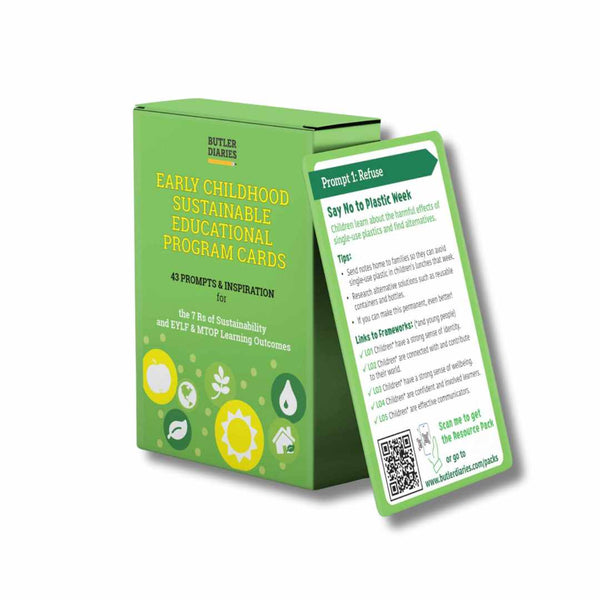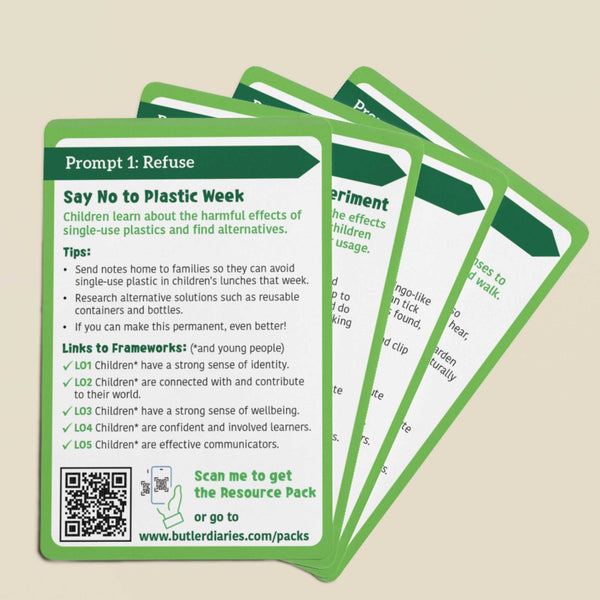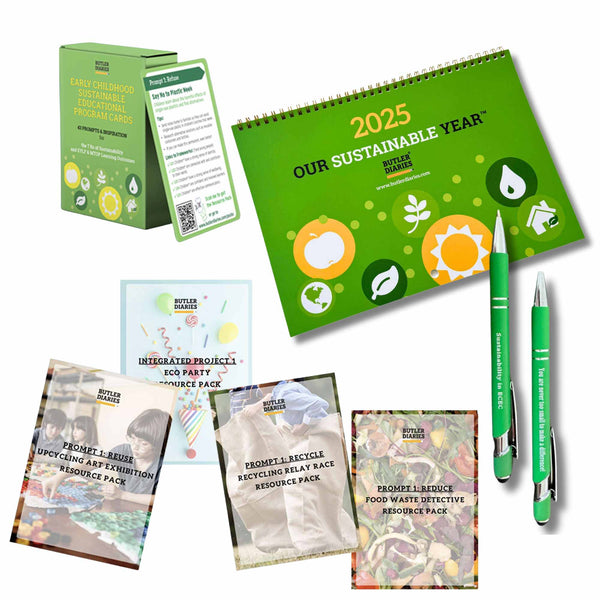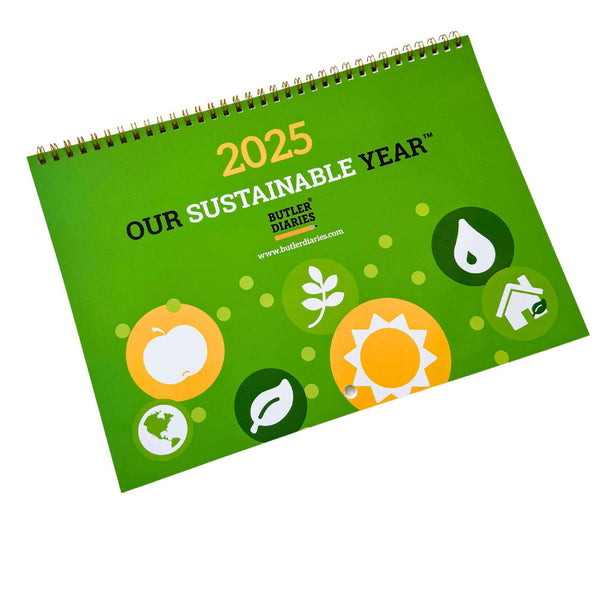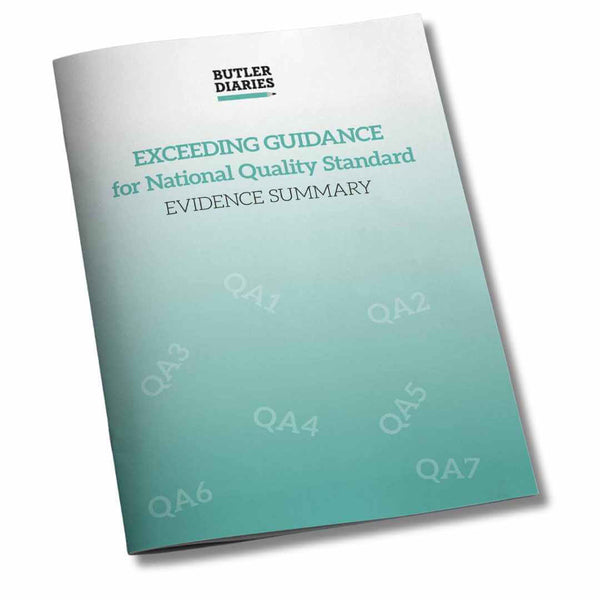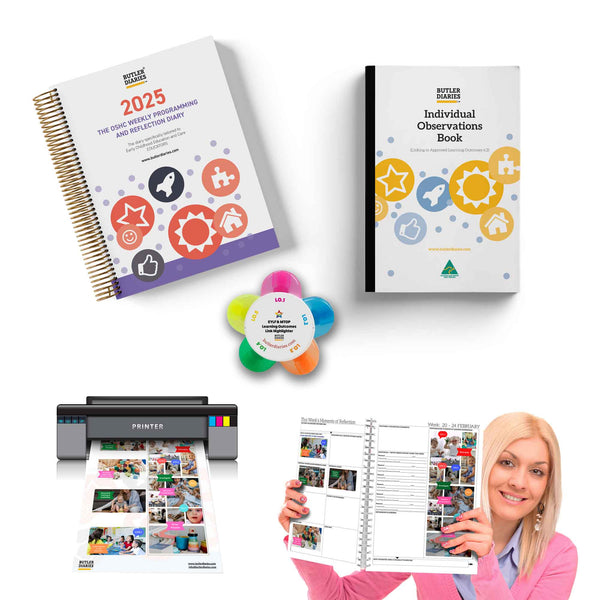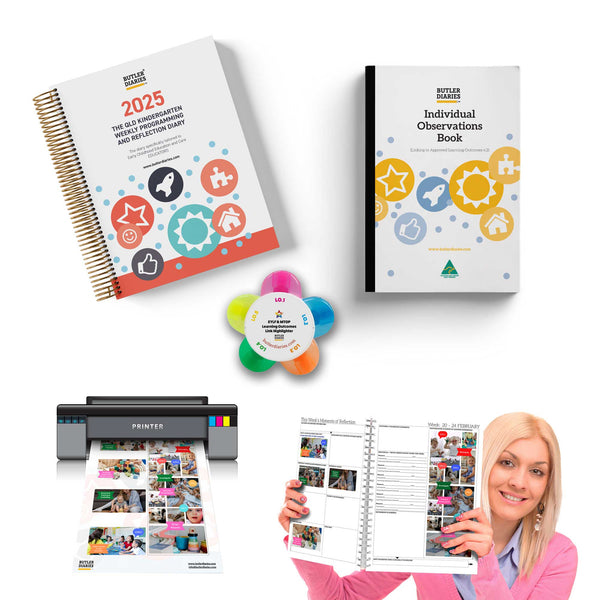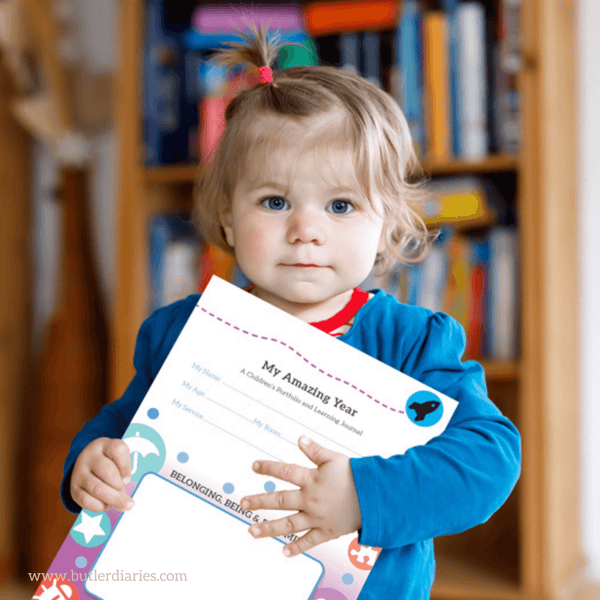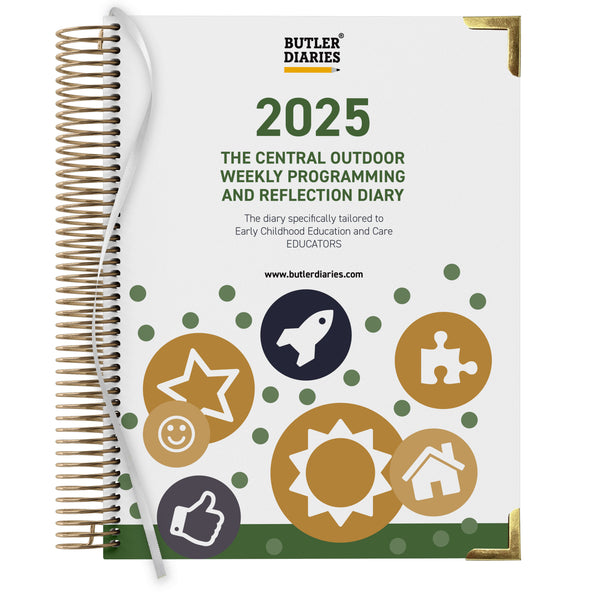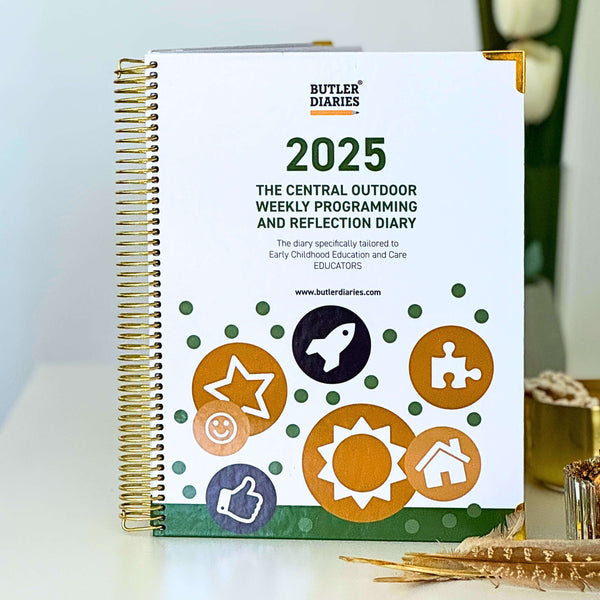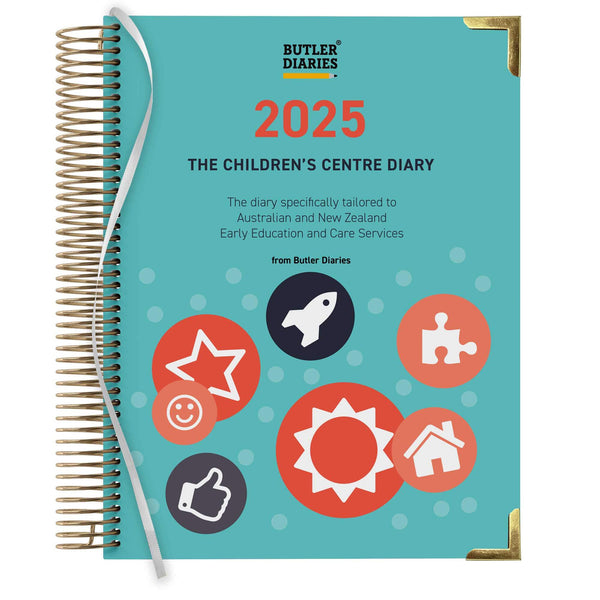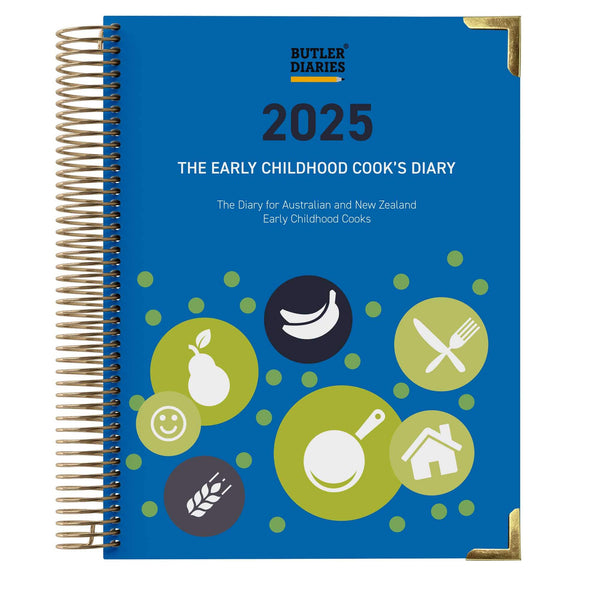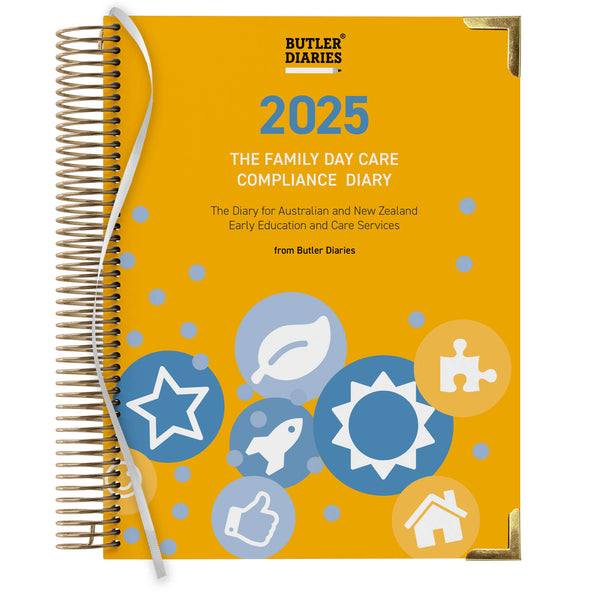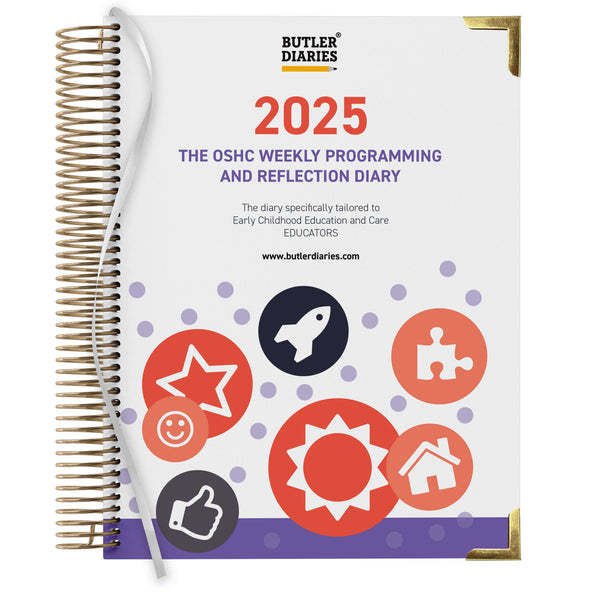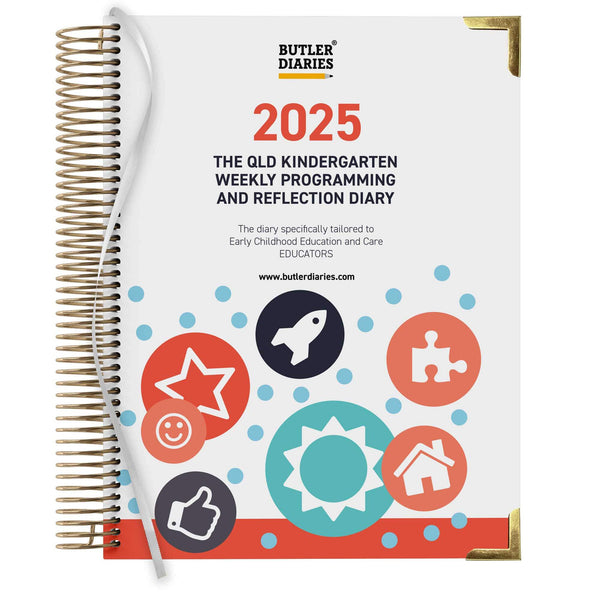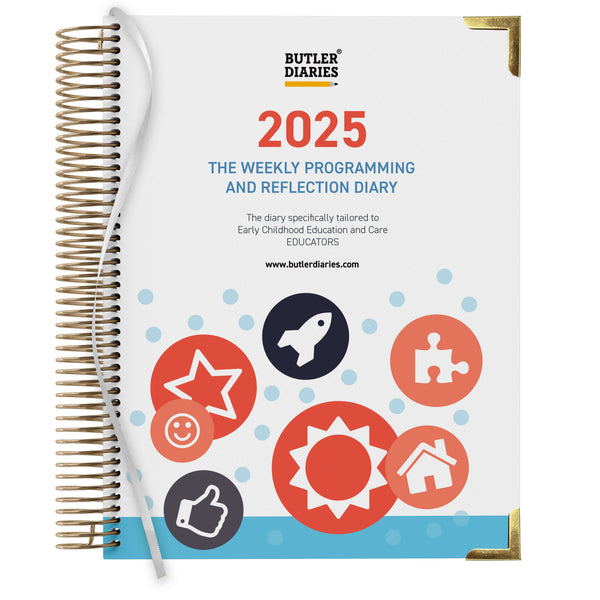We recently received an example of the Sustainability Calendar and how it is being used to show the Quality Improvement Plan in Action.
"We use our sustainability book in our visual, continuous QIP. The sustainability book helps us see what the educators are up to as well as our office and how we can extend our sustainability practices as well."
Displaying the Sustainability Calendar as a visual QIP helps ensure it isn't forgotten on a dusty shelf until the end of the year. The QIP is constantly evolving and improving their practices year round as designed.
"Having the book on the QIP wall gives us all the opportunity to add to and inform how our educators bring sustainable practice into their Family Daycares. We are using the book as an overall book for our 35 and growing educators across the service."
This Family Day Care uses one Sustainability Calendar to show the accountability of all the schemes together creating a collaborative QIP that encourages all staff to work together for a large goal as well as their individual goals.













